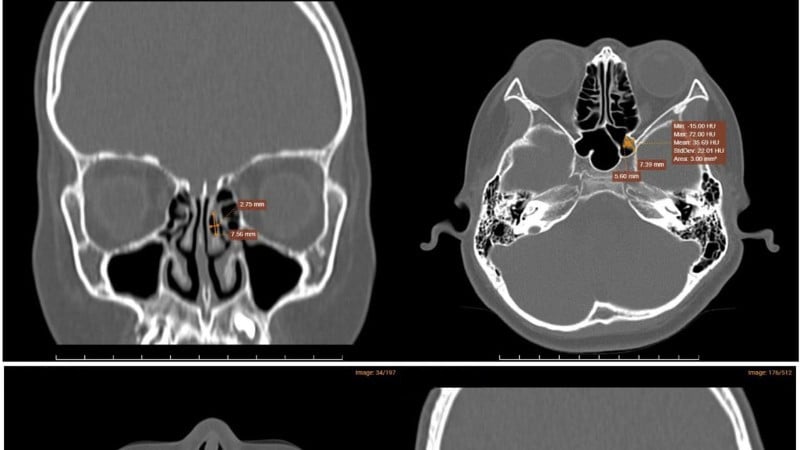
NQH (9 years old) has often had an itchy nose, sneezing, and runny nose for the past 2 years. The symptoms increase when the weather changes, the air is cold, especially dust and cigarette smoke.
In the past month, the condition has worsened. The child has nasal congestion on both sides, has to breathe with his mouth open when sleeping, has a runny nose with itchy nose, and sneezes. Occasionally, the child has headaches in the forehead, is tired, and coughs up little phlegm.
H.'s family took him to Medlatec Go Vap General Clinic for examination. Clinical examination showed that the nasal mucosa was pale, uneven, and the floor of the nasal cavity had fluid accumulation. The doctor ordered the patient to undergo paraclinical techniques to aid in diagnosis.
CT-Scanner results of sinuses showed maxillofacial sinusitis, mild thickening of the inferior nasal turbinate mucosa on both sides, left sphenoid sinus polyp, and left middle turbinate air sinus. Nasal endoscopy detected allergic rhinitis.
In particular, the test results for the 53 allergen panel showed a high specific IgE index, and the allergy panel was strongly positive for house dust mite allergen. The diagnosis was confirmed, the patient had year-round allergic rhinitis. The doctor prescribed a treatment regimen with medication, and instructed the patient on lifestyle precautions to limit exposure to allergens.
The patient followed the treatment regimen and had regular check-ups every week. After nearly 1 month of treatment, symptoms such as stuffy nose, runny nose, night cough... were significantly reduced. The baby ate and slept better, no longer had discomfort in the nasal sinus area, and the quality of life was significantly improved.
Allergic rhinitis (or allergic sinusitis) is an inflammation of the nasal mucosa and paranasal sinuses, characterized by sneezing, itchy nose, runny nose, stuffy nose...
According to Master, Doctor Tran Minh Dung - ENT Specialist, Medlatec Go Vap General Clinic, the rate of allergic rhinitis is about 10-30% of the population in developed countries. Children can start to get it after 2 years old, the rate increases gradually until adolescence.
Although not a serious disease that affects life, the treatment of allergic rhinitis causes a large economic burden, negatively affecting the patient's quality of life.
Currently, the trend of disease is increasing, largely related to urbanization, environmental pollution and climate change.
Among them, house dust mites are one of the common factors causing allergies. However, many people are still subjective, not fully aware of the impact of this allergen in the air and daily living environment.
House dust mites are arthropods, belonging to the arachnid class, invisible to the naked eye, living in warm, humid environments such as mattresses, pillows, blankets, curtains, carpets, stuffed animals... Their main food is the sloughed skin cells of humans and animals. For children with allergies, just a small amount of dust mites is enough to trigger a sinusitis reaction, which can last for a long time if not detected and treated promptly.
Allergic rhinitis can be long-lasting and greatly affect the quality of life of children, especially when the cause comes from factors in the daily living environment. Therefore, prevention is not only about medical treatment but also requires parents to be proactive in improving the living space of their children.
Some preventive measures recommended by Dr. Dung to parents include: Use special covers (Cover mattresses, pillows, blankets with woven fabric ≤6 microns. Choose the type that can be washed many times, does not retain dust on the surface); keep indoor humidity below 50%; Wash sheets, pillowcases, and blankets weekly in hot water above 55 degrees Celsius; Vacuum with a machine with a HEPA filter or thick filter bag; Reduce stuffed animals, cushions, and fabric curtains in the bedroom; Drying at high temperatures can kill dust mites.
Parents need to equip themselves with knowledge to recognize early signs of abnormalities and proactively take their children to see a specialist when necessary. If your child shows signs of sneezing, stuffy nose, persistent runny nose, night cough... take your child to see an ENT or Allergy-Immunology specialist.
Source: https://nhandan.vn/viem-xoang-keo-dai-vi-di-ung-mat-bui-nha-post893842.html


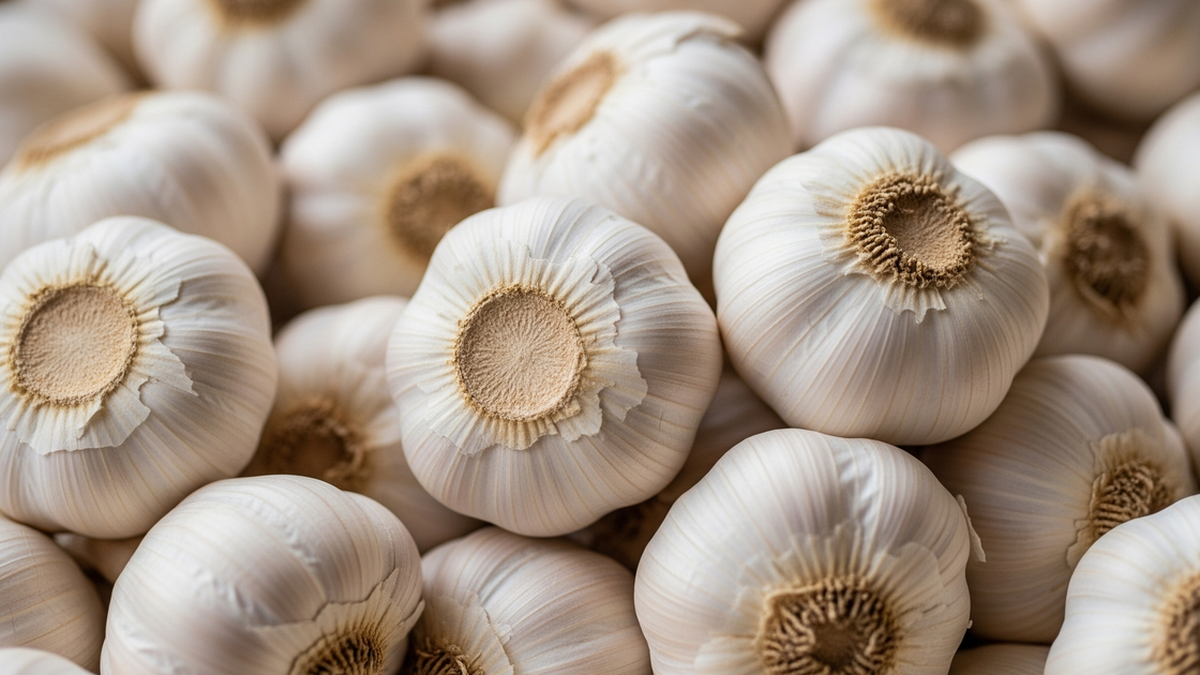
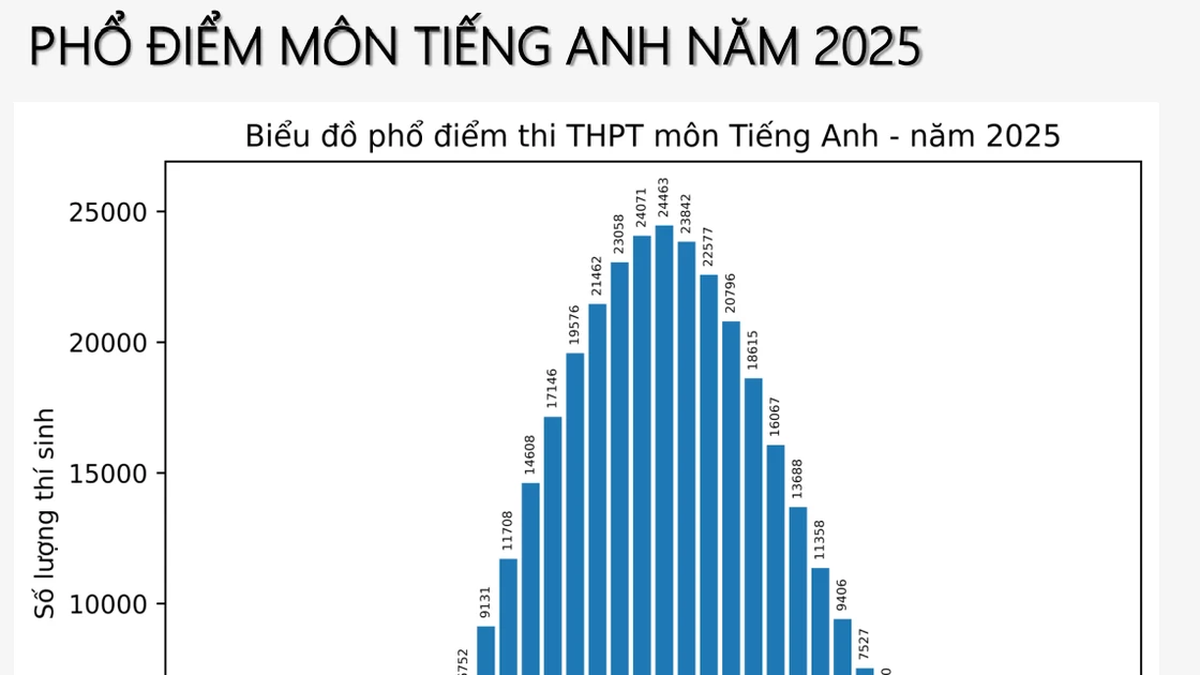


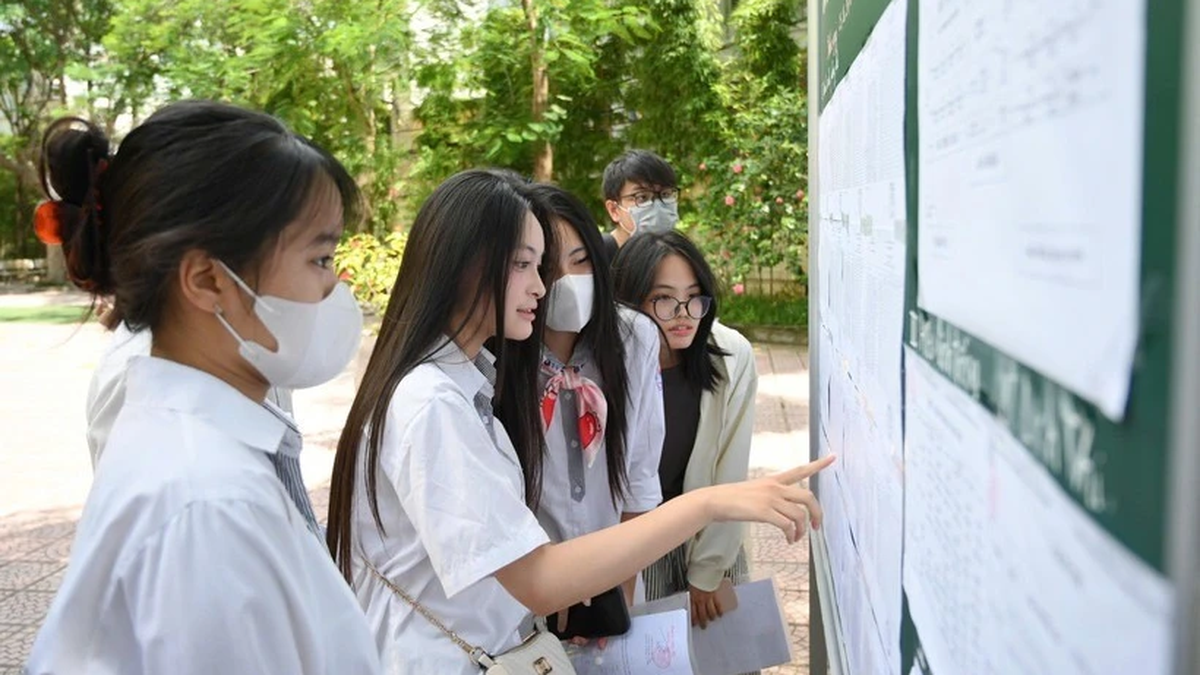



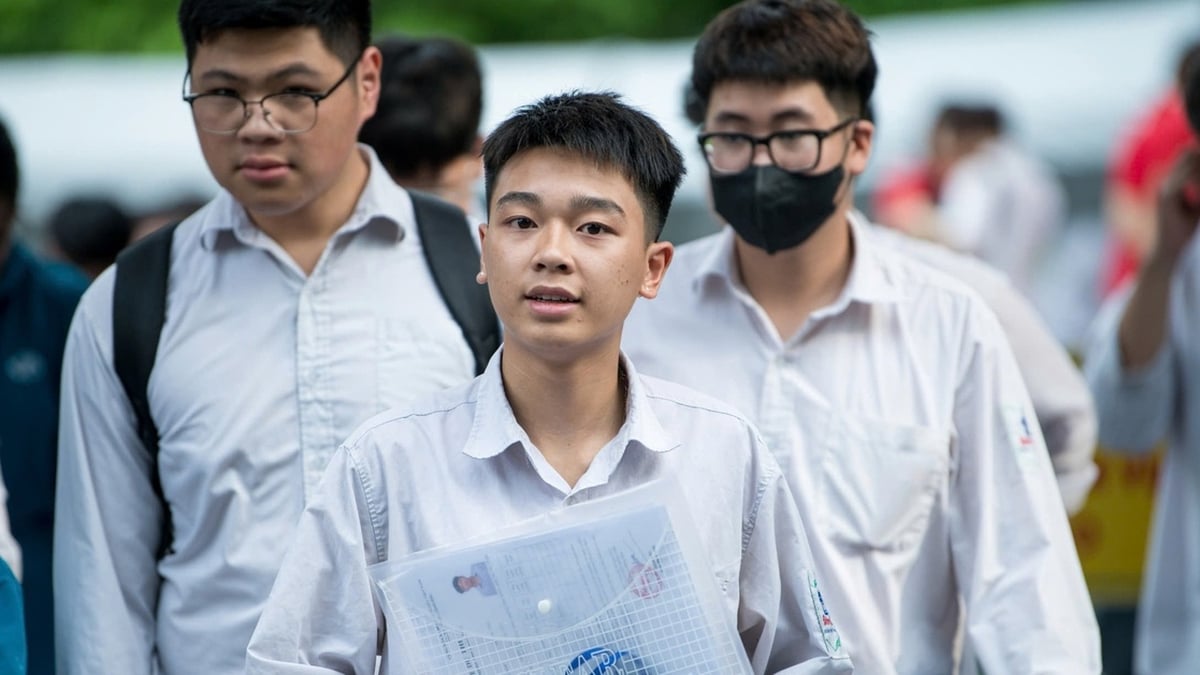


























































































Comment (0)